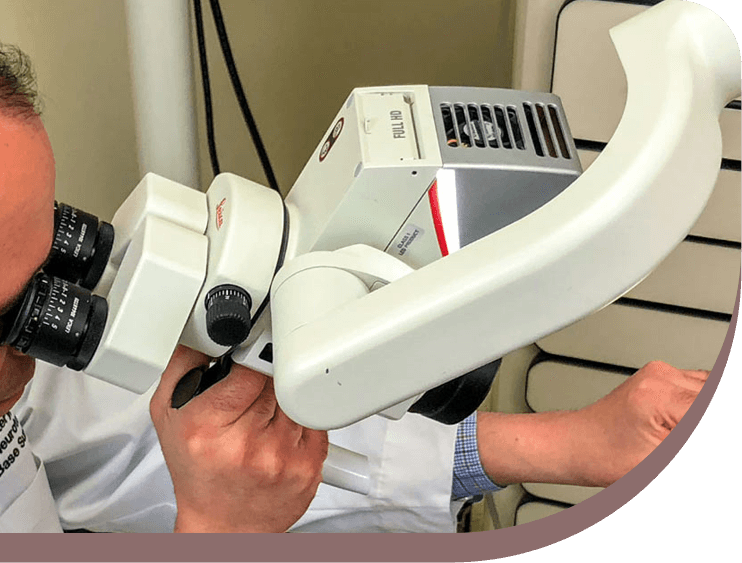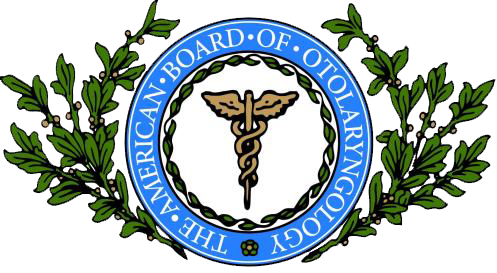
Sigmoid Sinus Dehiscence/Diverticulum
Sigmoid Sinus Dehiscence/Diverticulum – About
The sigmoid sinus is a large blood vessel that is part of the main venous blood flow that leaves the brain and drains into the jugular vein. The sinus exists on both sides. The sinus is covered normally in bone through the temporal bone near the middle and inner ear. In some cases abnormalities may exist that increase irregular flow in the sigmoid sinus allowing the patients to her their heartbeat. Two different abnormalities may exist. One is a simple absence of bone over the sigmoid sinus known as a dehiscence. The second is both and absence of bone and an outpouching of the sigmoid sinus known as a diverticulum.
Sigmoid Sinus Dehiscence/Diverticulum – Diagnosis
Patients who hear their heart beat have pulsatile tinnitus. There are many causes of pulsatile tinnitus, with sigmoid sinus dehiscence/diverticulum being just one such cause. Often in cases of pulsatile tinnitus due to sigmoid sinus dehiscence or diverticulum the pulsatile tinnitus quiets or ceases with pressing on the same side neck. This happens by briefly slowing the blood flow through the sigmoid sinus by compressing the jugular vein. Definitive diagnosis is made through high resolution CT scan of the temporal bone that demonstrates the dehiscence or diverticulum.
Sigmoid Sinus Dehiscence/Diverticulum – Treatment
In cases of pulsatile tinnitus that are very bothersome caused by sigmoid dehiscence or diverticulum, surgical repair may be recommended. Surgery involves localizing the dehiscence or diverticulum through the mastoid bone and covering the area with either bone and/or bone substitute. In many cases after resurfacing the pulsatile tinnitus greatly reduces or resolves.

Conditions Treated
Follow us


Your Health Starts Here
"*" indicates required fields
